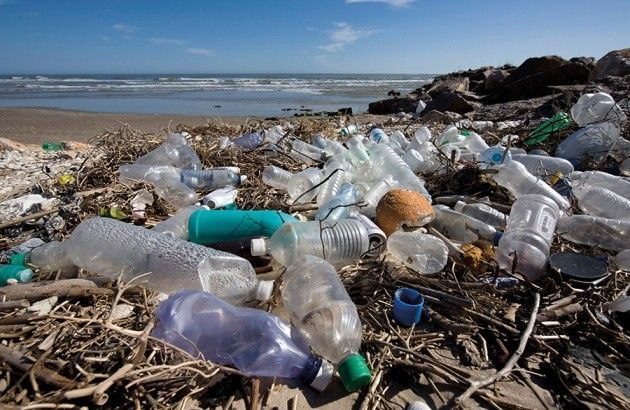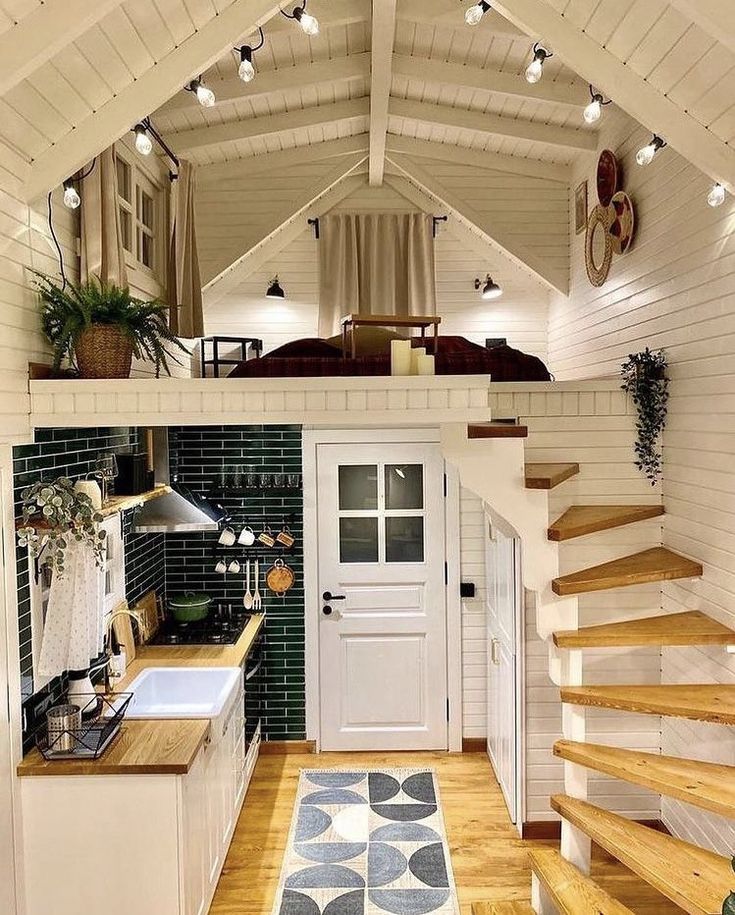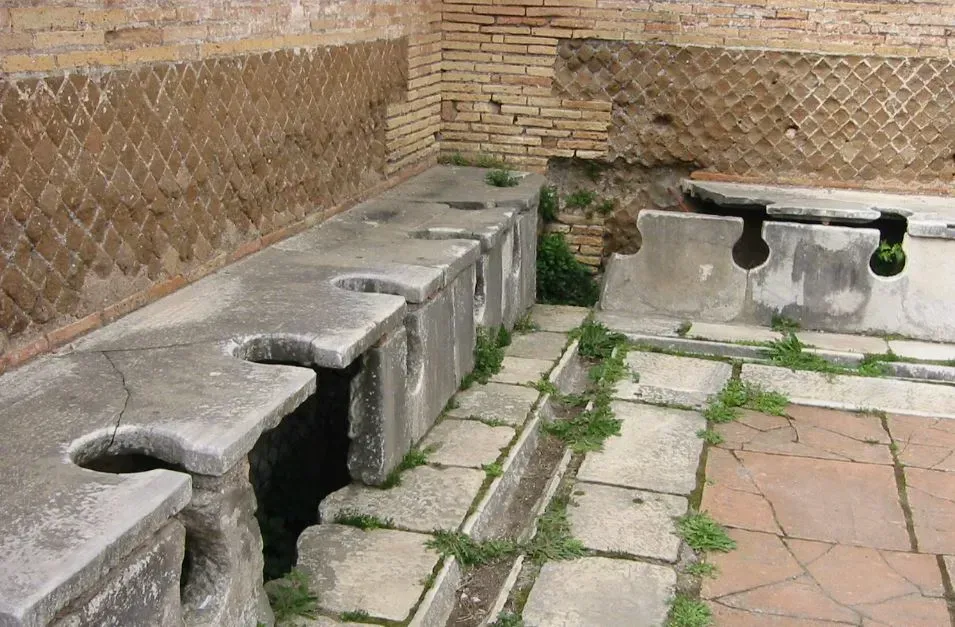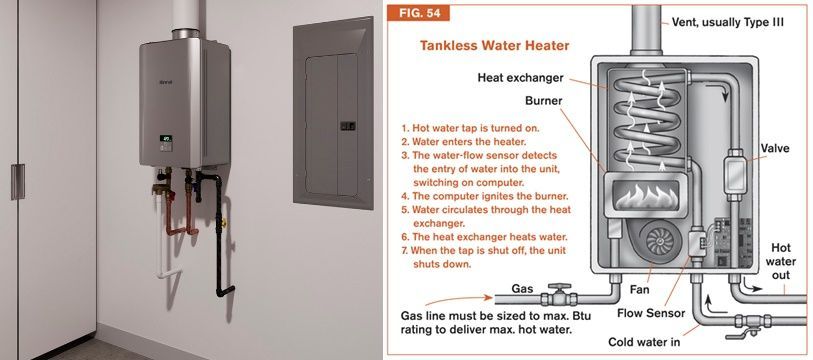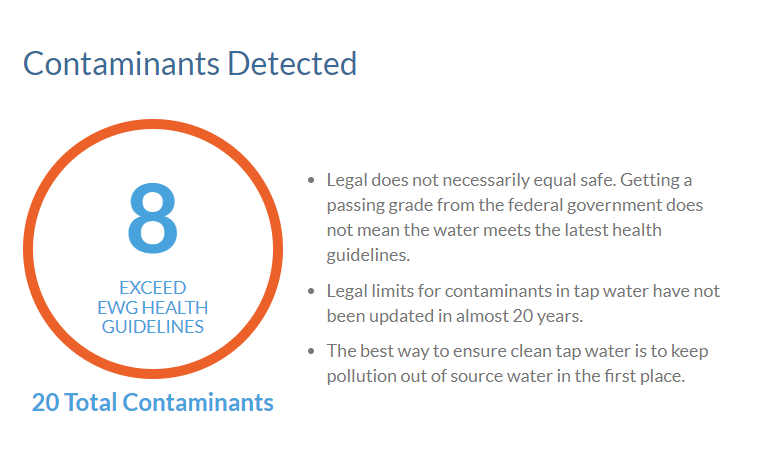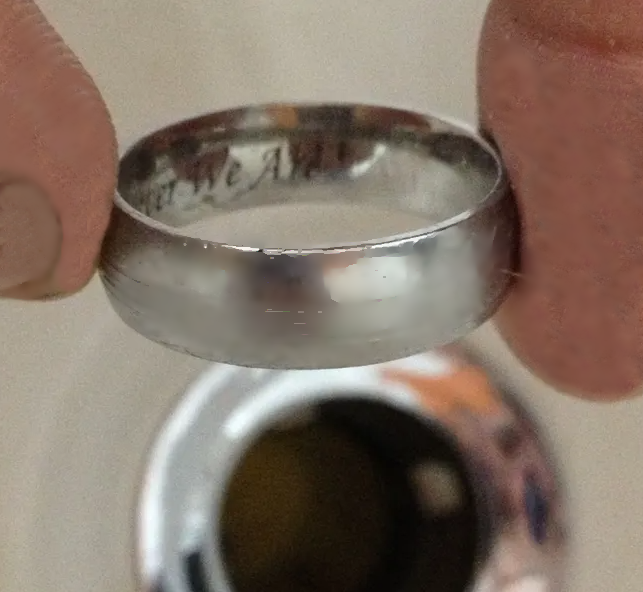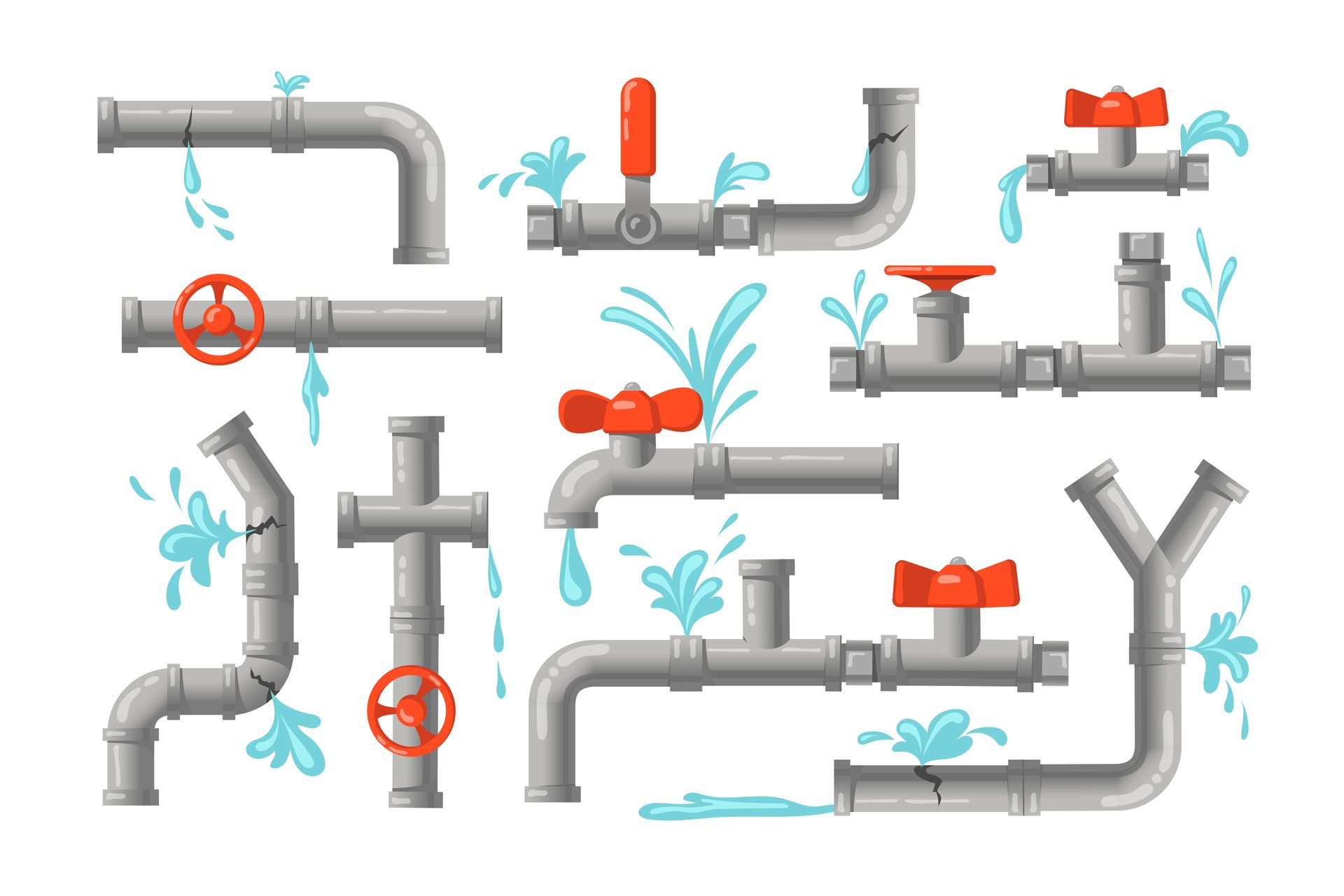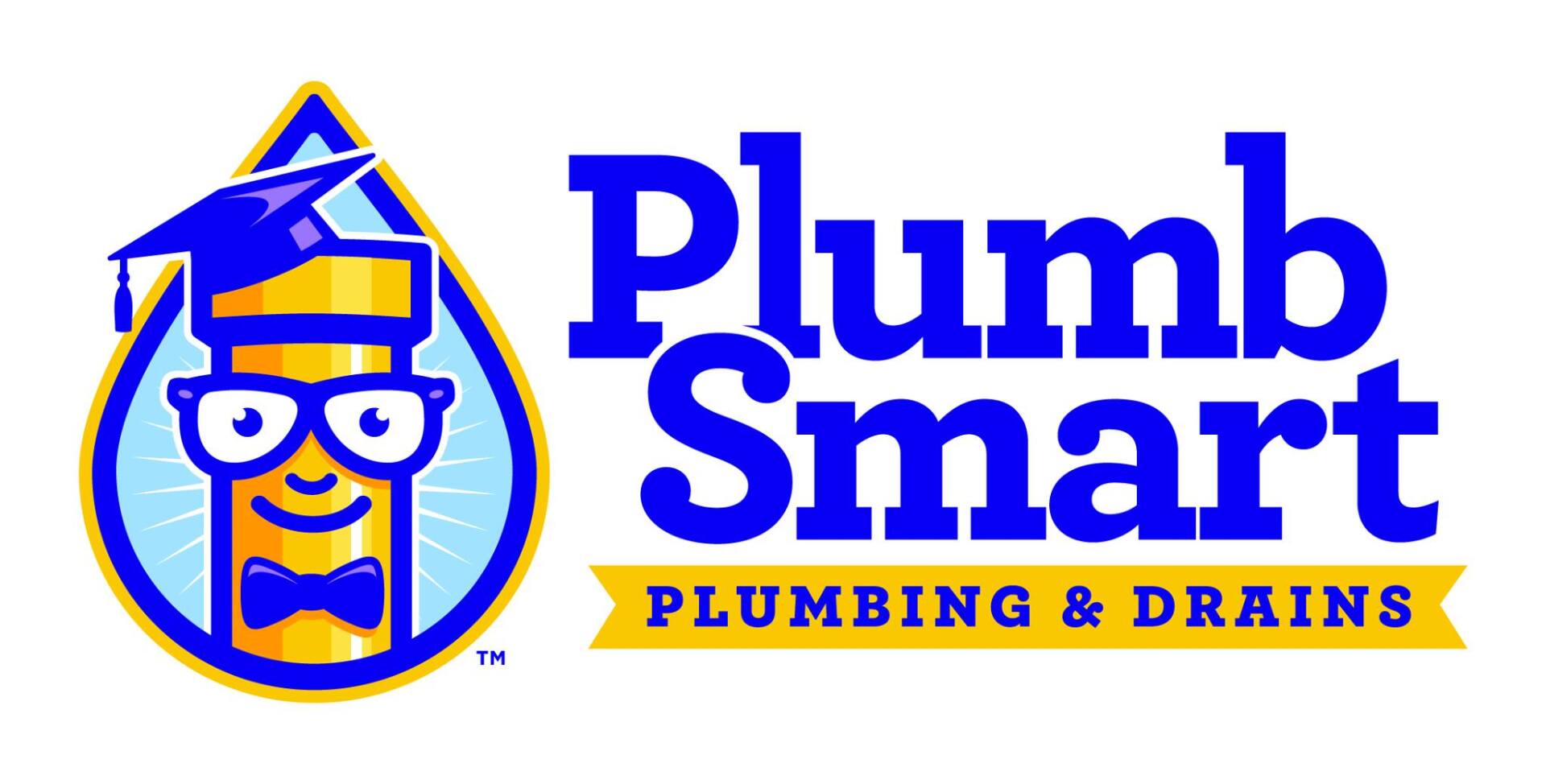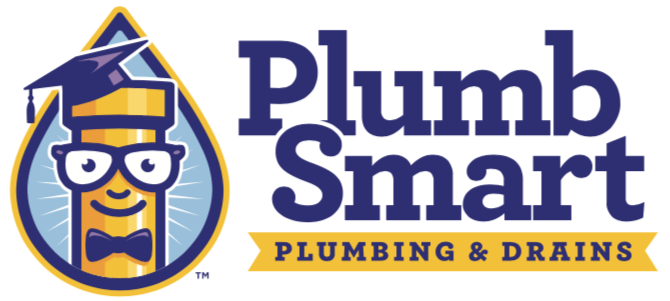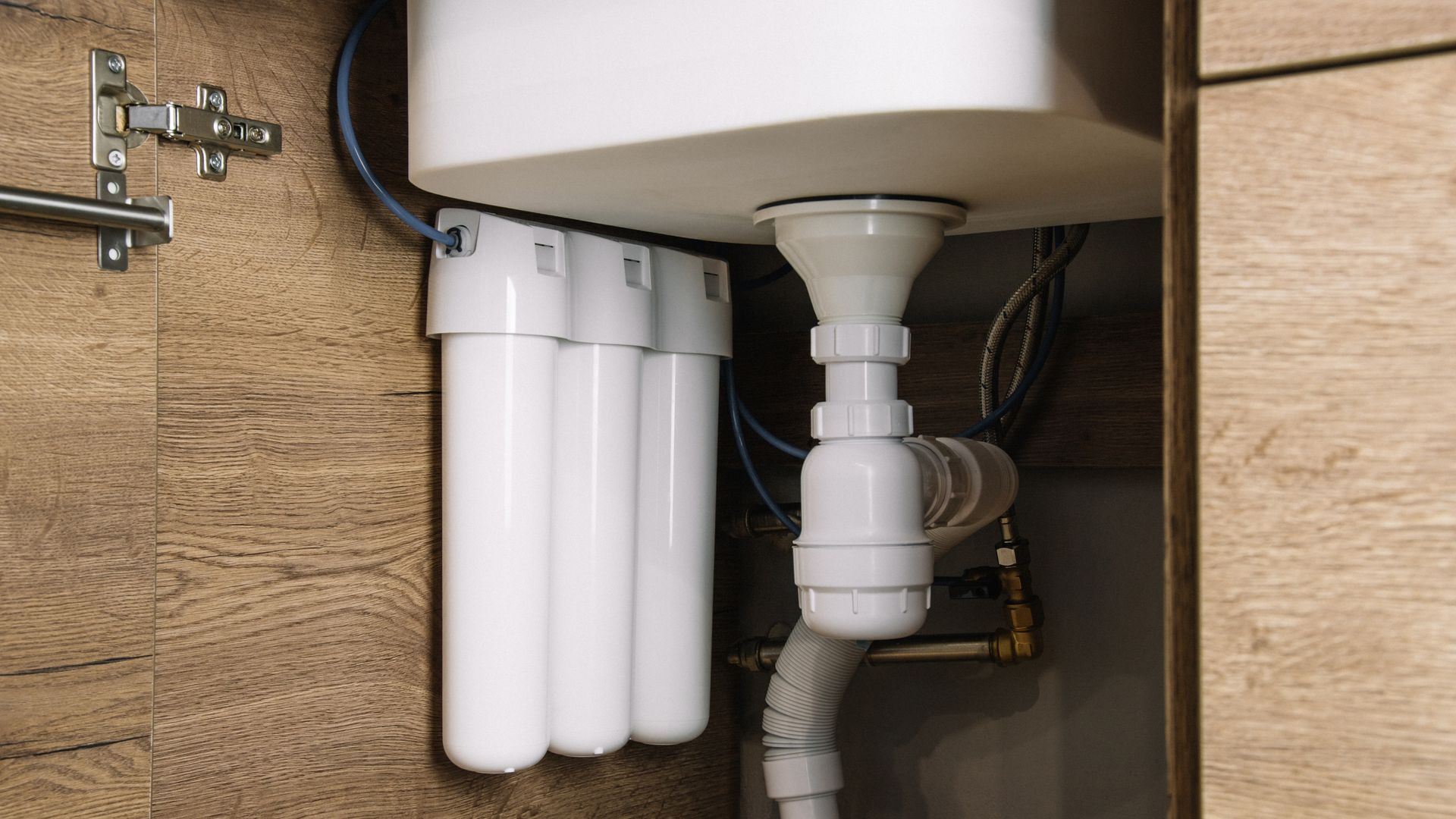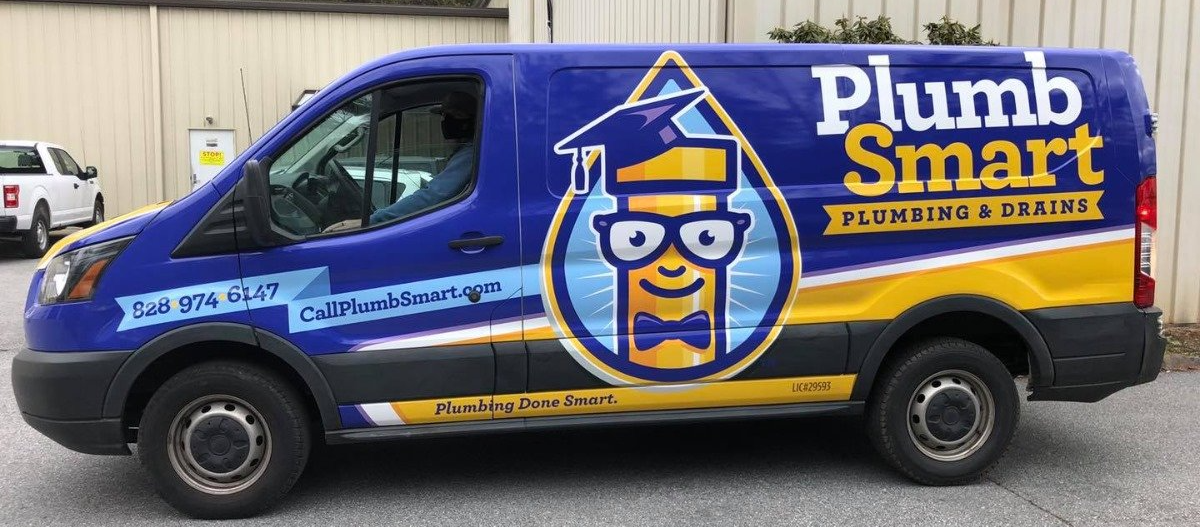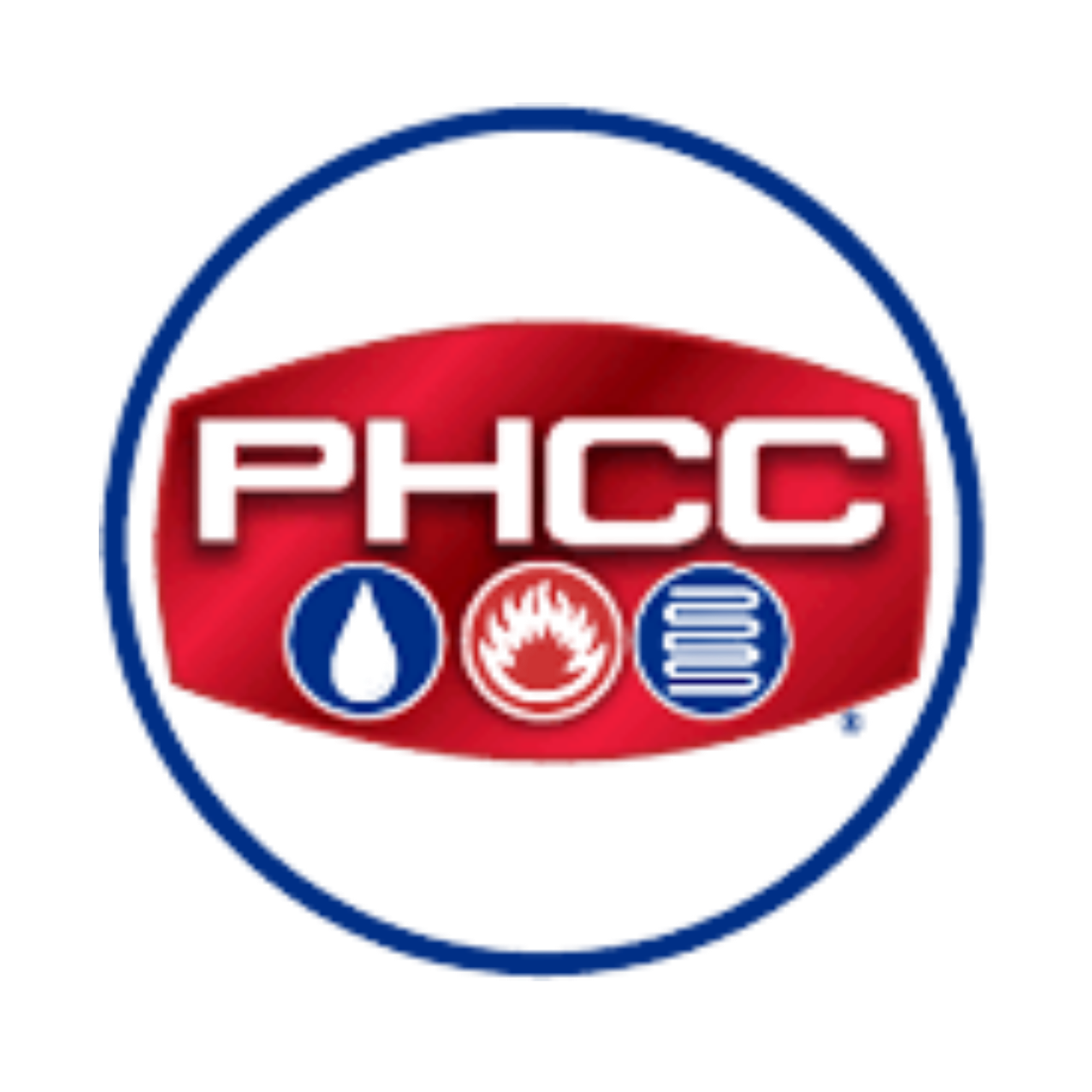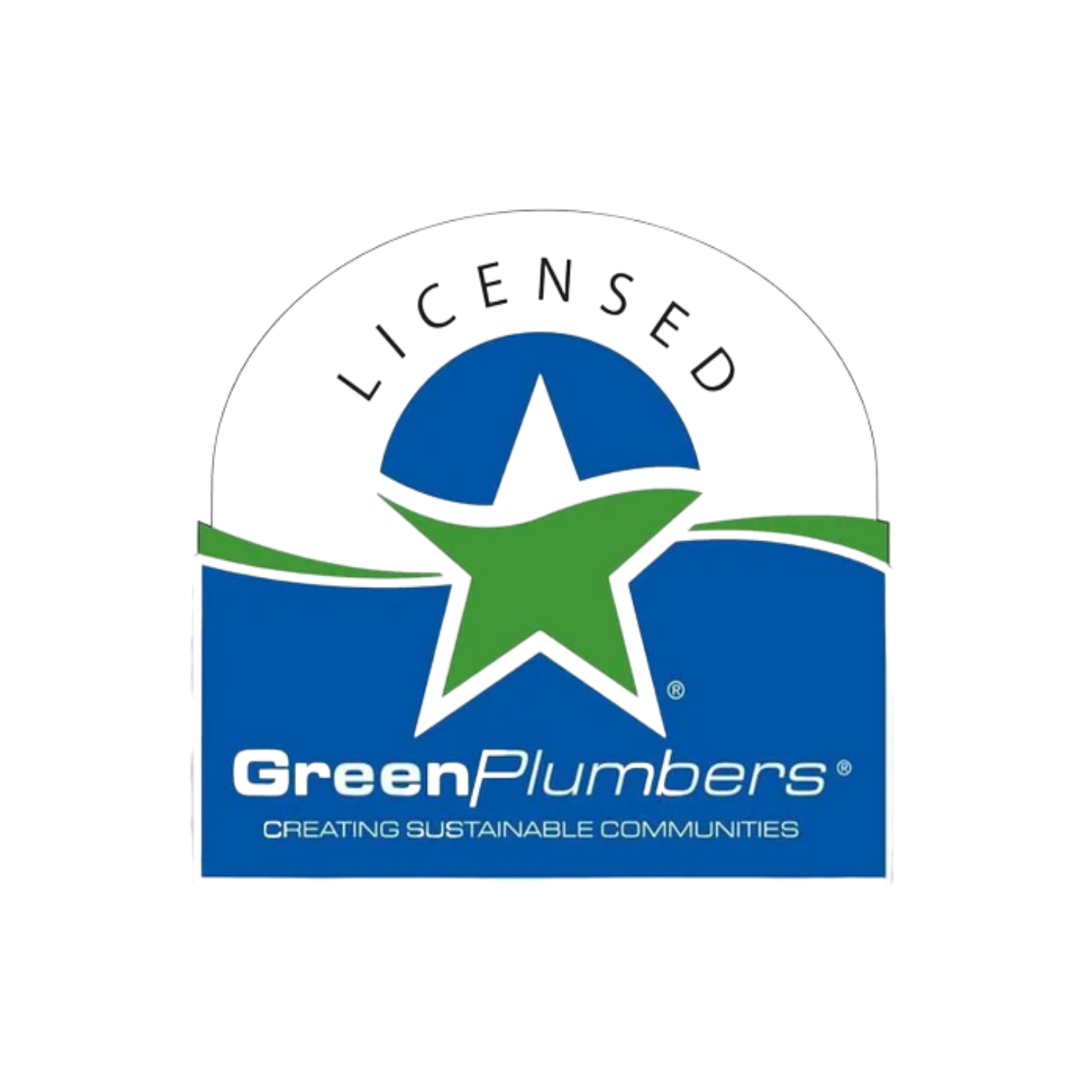DRAIN TALK by PLUMBSMART
Freeze Protection
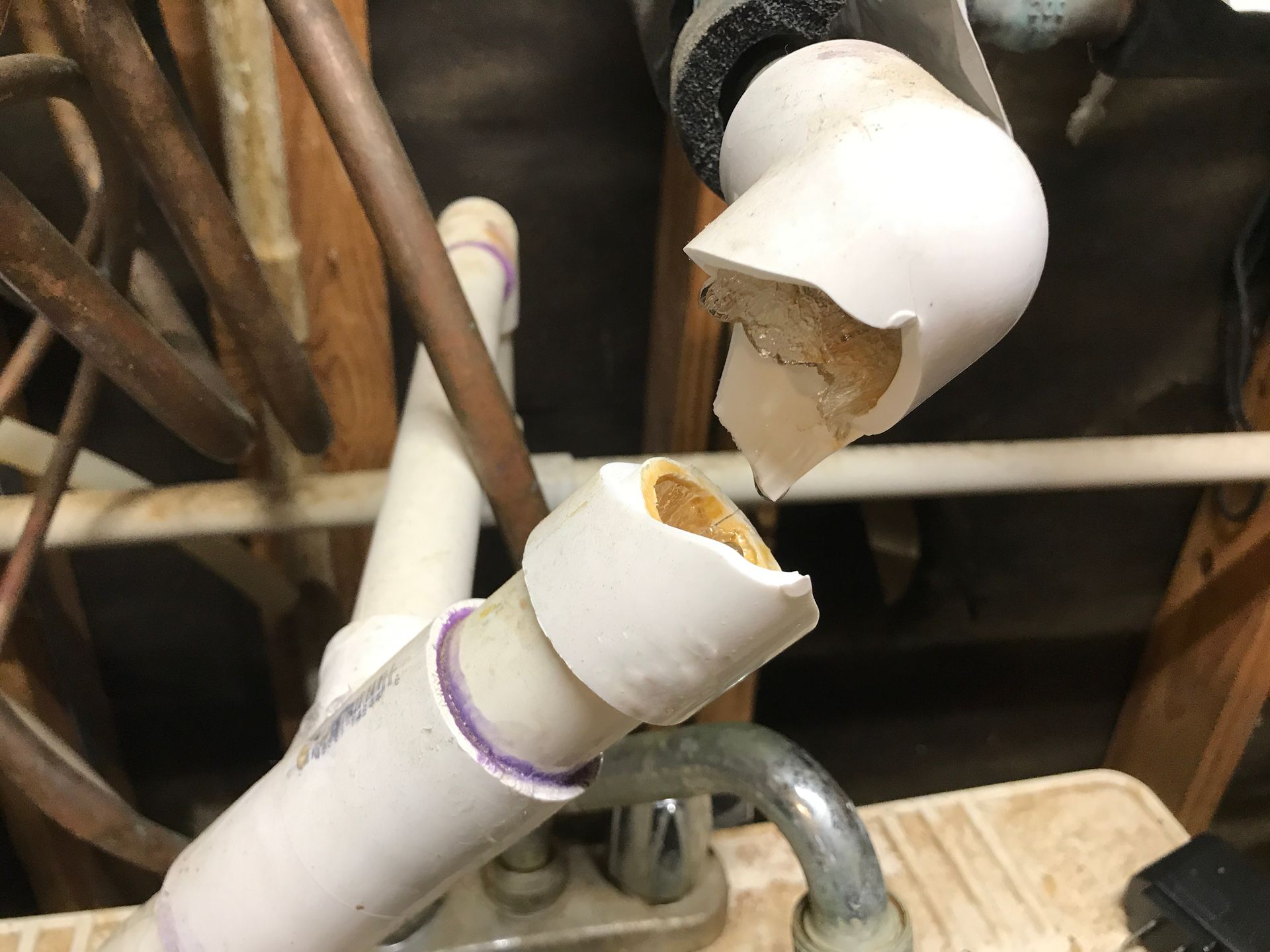
Plumbing Tip for November, 2025
As one of the most trusted plumbing companies serving Asheville and the surrounding areas, including Woodfin, we're dedicated to delivering top-notch plumbing services and sharing valuable insights. This week, our focus is on a crucial aspect of winter plumbing maintenance: pipe insulation and freeze protection. With freezing temperatures becoming more common, understanding how to protect your plumbing system from winter-related damages is more important than ever.
Why Pipe Freeze Protection is Necessary
Pipes freeze when exposed to extremely low temperatures, leading to ruptures and potentially severe water damage. However, the location and configuration of pipes play a crucial role in their vulnerability to freezing. Surprisingly, pipes located well inside a home, far from exterior walls, can also freeze due to factors like venting and air flow patterns within a house.
For example, a home might experience pipe freezing in areas far removed from outside temperatures, such as when an open foundation vent channels cold air through space and leads it directly to water lines through floor joists. This can cause pipes to freeze even if they are significantly distant from exterior walls.
Identifying and Addressing Common Trouble Spots
Several “trouble spots” in homes tend to be susceptible to freezing. Fittings placed close together are a major concern. For instance, a series of two 90-degree elbows or closeness between couplings and T-joints can set up conditions that limit water expansion as it freezes. The stress caused by freezing water can result in a burst pipe, which becomes evident and damaging once the ice begins to thaw.
Bathroom and kitchen fixtures installed on external walls are also prime candidates for freezing. Lack of adequate sunlight or poor wall insulation can make these areas particularly vulnerable, as they might not retain enough heat.
Methods for Effective Pipe Insulation
The first line of defense against freezing is insulation. Proper insulation for pipes not only reduces the risk of freezing but also improves energy efficiency by minimizing heat loss. Here are ways you can insulate effectively:
- Foam and Fiberglass Insulation: These are the most common forms of pipe insulation. Foam rubber insulation is excellent for its ease of use and flexibility, fitting snugly around pipes. Meanwhile, fiberglass requires cutting into strips but can offer superior insulating properties when installed correctly. It's essential to secure the insulation with a water-resistant material like plastic wrap to prevent it from getting wet and losing its effectiveness.
- Bubble Wrap with Foil Surface: If you’re dealing with narrow or inaccessible areas, foil-faced bubble wrap is particularly advantageous. It provides a high insulating value despite its minimal thickness. Wrap it around pipes, ensuring it fully covers them and maintaining an overlap to maximize its efficiency.
Additional Tips for Cold Weather Pipe Protection
If insulating parts of your system is physically impossible due to the pipe's location or restricted access, there are additional measures you can take:
- Drip Technique: Allow your faucet to drip slightly. The movement of water within pipes, even if minimal, can prevent pipes from freezing. However, be cautious if the water is running toward uninsulated sections, like drain lines, which need similar preventative measures to avoid freezing and resultant clogs.
- Protect Drain Lines: Drains are just as susceptible to freezing and can lead to backups involving unpleasant wastewater. Ensuring insulation around p-traps and other areas vulnerable to freezing can prevent this.
Real-Life Examples of Freeze Prevention
Consider two homeowners, each facing winter's challenges:
- Case Study #1- The Open Vent Dilemma: A homeowner in Woodfin was perplexed by frozen pipes located in the center of their home during a particularly cold streak. Investigation revealed that an open vent was channeling icy air right against their plumbing system. Sealing the vent and reinforcing insulation around the vulnerable piping prevented further incidents.
- Case Study #2- Workshop Success: A resident of Asheville noticed their garage pipes frequently freezing. Through our plumbing services, they opted for fiberglass insulation. By doubling up with bubble wrap on problem sections, they successfully combated the cold, saving on potential repair costs.
Conclusion
With these strategies and protective measures, you can safeguard your home's plumbing system from the negative effects of freezing temperatures. Should any issues arise or if you seek additional guidance, don't hesitate to reach out to our expert team. The best plumbers in Asheville are ready to handle everything from water heater repair and maintenance to emergency plumbing services. Always remember that being proactive in insulation and pipe protection can save you from severe damage and costly repairs. Our mission is to ensure your home's plumbing is efficient, safe, and winter-ready, so feel free to contact us for all your plumbing needs.
